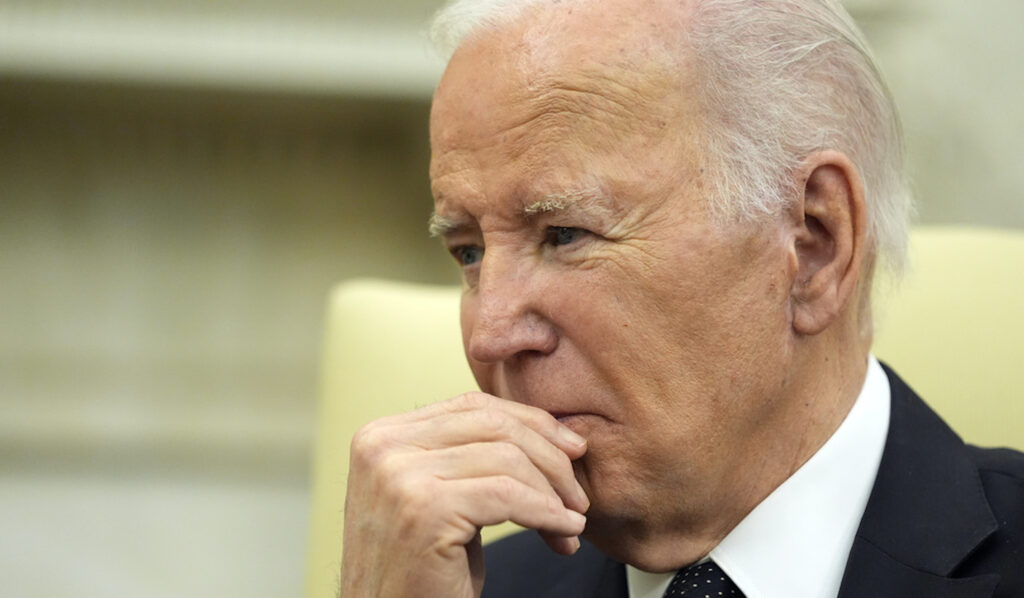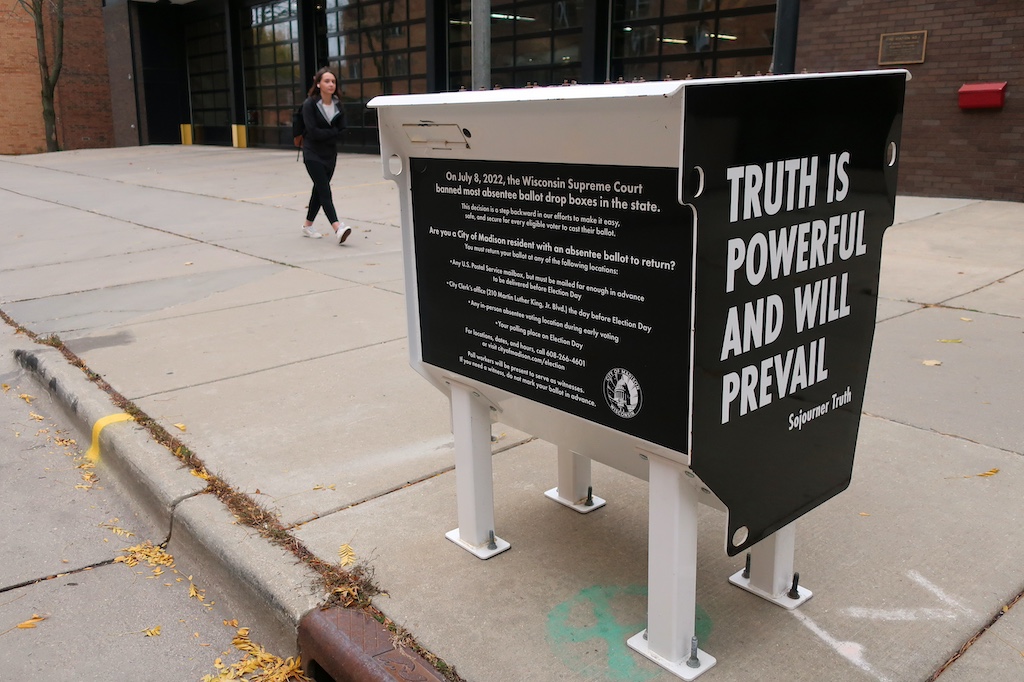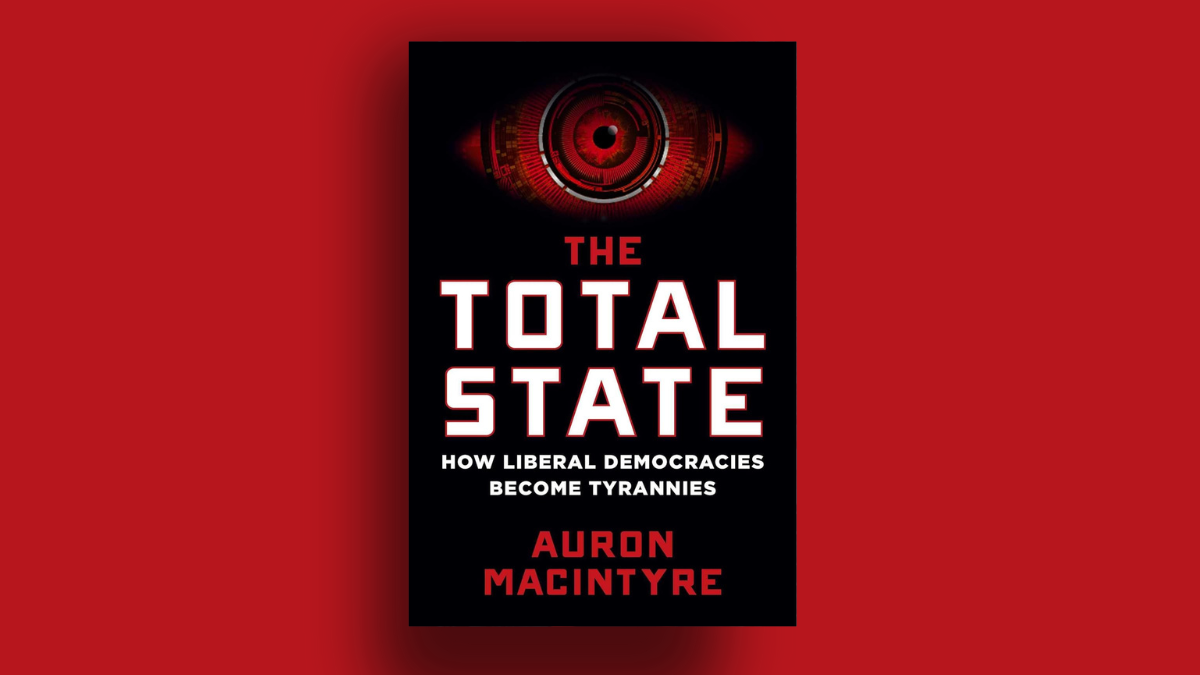California is at the center of retail theft prosecution debate.
Mayhem on Main Street: Investigating the Scourge of Shoplifting
A nationwide retail theft epidemic has wreaked havoc on the United States, costing the country nearly $100 billion in 2021 alone. The consequences are far-reaching, with stores being forced to raise prices or close their doors, insurers refusing to provide assistance, and smaller businesses being left behind. In this captivating series, the Washington Examiner delves deep into the causes behind this rampant shoplifting, exploring the role of cartels, the impact on both large and small stores, and the complicity of lax prosecutors. In this fourth installment, we focus on the crucial role of law enforcement in combating retail theft.
The Fallout: Nordstrom’s Flagship Store Closure
The closure of Nordstrom’s flagship store in a San Francisco mall serves as a stark reminder of the dire situation facing brick-and-mortar shops in the city. According to a mall spokeswoman, the closure was prompted by “unsafe conditions for customers, retailers, and employees,” which have hindered the area’s economic recovery. This closure underscores the deteriorating situation in downtown San Francisco.
A City in Crisis: San Francisco’s Vanishing Stores
San Francisco’s commercial hub, Union Square, has experienced a staggering loss of nearly half its stores since 2019, as revealed by a local survey. While retail crime in urban areas is a well-documented factor contributing to these closures, the problem has been exacerbated by an increasingly accommodating environment for organized retail crime and the widespread circulation of viral surveillance footage capturing brazen acts of theft. Notably, San Francisco, Los Angeles, and Sacramento have been identified as “hot spots” for organized retail crime, suggesting that the issue may extend statewide in California. Other major cities, including Chicago, New York, Houston, Atlanta, and Miami, have also been plagued by high rates of retail theft.
The Political Divide: Retail Crime Knows No Boundaries
The National Retail Federation’s findings indicate that retail crime is not limited to specific political affiliations. Both red and blue states have experienced rampant theft, with populous, Democratic-run jurisdictions showing a pattern of high rates of retail crime. One contentious point of debate at the state level is the dollar threshold at which a misdemeanor becomes a felony. Advocates for raising the thresholds argue for reduced prison time and inflation-adjusted dollar amounts. However, critics argue that treating theft of higher-value items as misdemeanors diminishes the severity of the crime and may even encourage further criminal activity.
The California Controversy: Proposition 47 and Its Consequences
California has become a focal point of controversy surrounding retail theft due to the passage of Proposition 47 in 2014. This ballot measure, funded by Democratic megadonor George Soros, raised the threshold for prosecuting theft of items under $950 as a misdemeanor, if prosecuted at all. While proponents argue that the measure has redirected funds from incarceration to other crime prevention methods, recent recidivism rate reports cast doubt on this claim. California’s rates of prison returns and repeat convictions remain among the highest in the nation. Efforts to repeal this provision have been championed by Republican state lawmakers and vulnerable Democrats.
Taking Action: Addressing Retail Crime
Recognizing the urgency of the situation, Los Angeles Mayor Karen Bass, a Democrat, has launched a task force to combat retail crime, emphasizing the importance of ensuring safety for shoppers. However, addressing retail crime requires more than just adjusting larceny thresholds. Factors such as penalties for theft, prosecutorial positions, and policing strategies also play crucial roles in tackling this issue.
Prosecutorial Discretion: Inconsistencies and Consequences
Prosecutorial decisions regarding retail theft cases have varied widely, leading to inconsistencies in addressing the problem. While some cases, such as that of a repeat shoplifter in Tennessee, resulted in significant penalties and served as deterrents for repeat offenders, other high-profile incidents of mass looting during the George Floyd protests saw lenient prosecutorial actions. For instance, in New York City, many looting cases were dismissed by the Bronx district attorney, resulting in light convictions and minimal jail time. These disparities have sparked intense national scrutiny and debates over the “soft-on-crime” approach taken by some Democratic prosecutors.
A Multifaceted Battle: From State to Federal Level
While the fight against retail crime has primarily been waged at the state and district attorney levels, there have been instances where the issue has escalated to the federal level. Large-scale and organized operations, often linked to Mexican drug cartels, have prompted federal law enforcement agencies to take action. Operations such as Operation Boiling Point, launched by the Department of Homeland Security, have resulted in numerous arrests and the recovery of millions of dollars in stolen assets.
As the battle against retail theft continues, it is clear that a comprehensive approach involving law enforcement, legislation, and community engagement is necessary to protect businesses, communities, and consumers from the devastating impact of this epidemic.
Click here to read more from the Washington Examiner.
" Conservative News Daily does not always share or support the views and opinions expressed here; they are just those of the writer."





